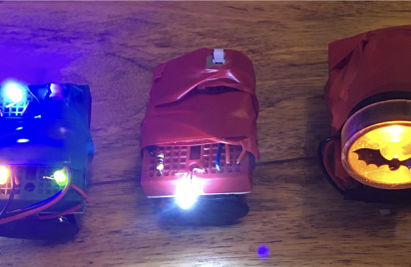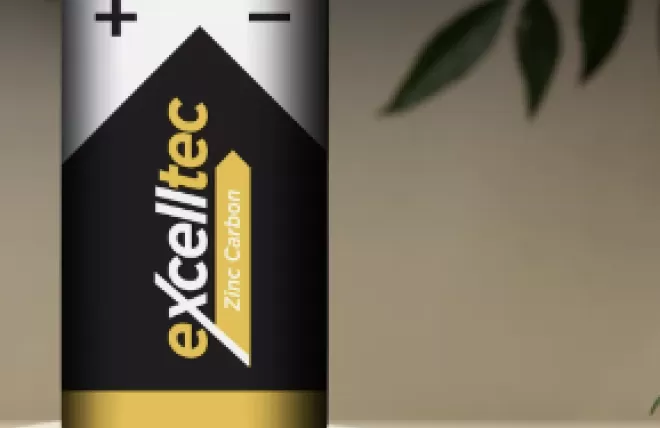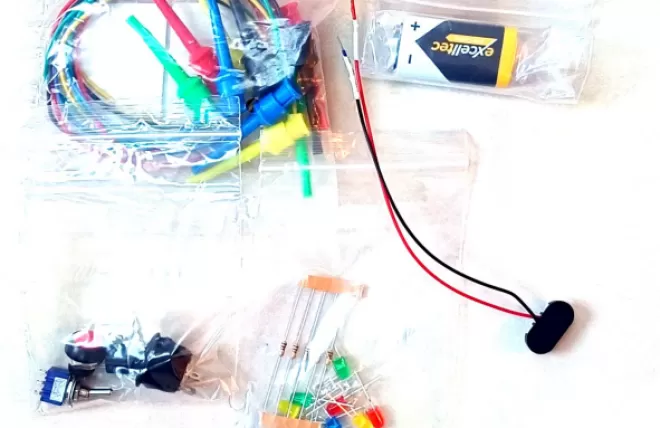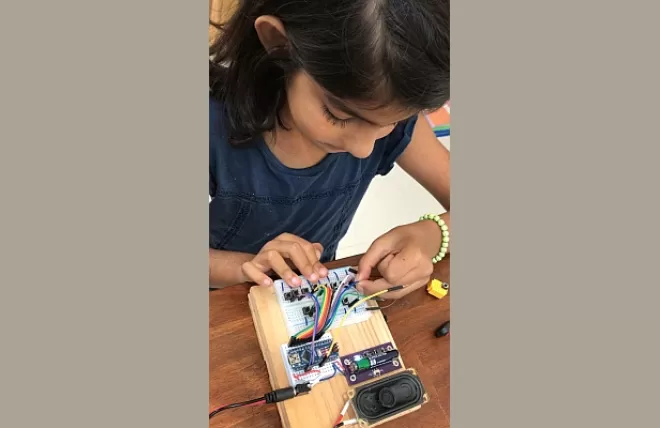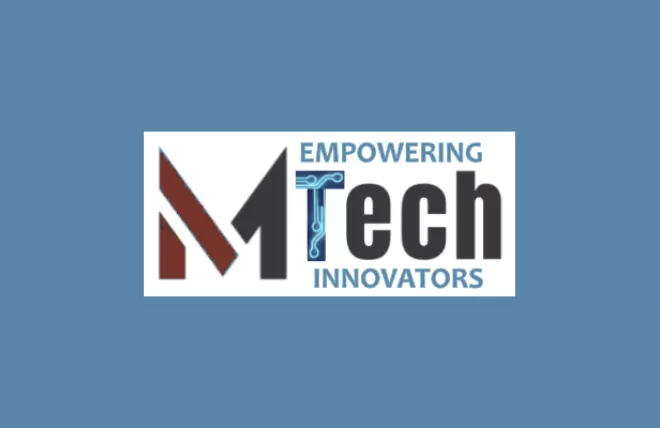Dear Reader, I'd like to share what we're trying to achieve, and why we think it's important for the future of young people in Britain, and elsewhere.
At Mathematical Technologies, we're on a mission to empower young people to become the next generation of makers, builders, and entrepreneurs. We do this by giving them the opportunity to build a hands-on, immersive understanding of the core elements of modern technology:
- electronics,
- sensors,
- microcontrollers, and
- embedded computing,
- AI assisted entrepreneurship
along with applications in
- electronic arts,
- robotics, and
- intelligent systems.
Why these technologies? We have selected these technologies for three reasons.
- Exciting topics. To make something flash, sound, move, to give it sensing ability, and imbue it with an intelligent response that occurs autonomously, without requiring human intervention, this is the stuff that drives excitement at all ages and all experience levels! For most students, the technologies we have chosen are a new perspective until well into university. Exciting topics mean that learners experience deep satisfaction early and often, which is crucially important to creating learning momentum. We have designed the content of each session so that students get a learning 'high' several times within a single session.
- Evergreen knowledge. We have chosen topics that are as likely to retain valuable tomorrow as they have today. Today's tech is almost entirely built atop electronics, sensors, and microcontrollers, with advanced capabilities layered on top. And we believe tomorrow's tech will have a similar structure: foundational core with more layers (the most obvious new layer being AI). Why have we not focused on software and coding? Because software languages, software stacks, and the way in which software is written continues to change rapidly, as it has for the past several decades. What retains its value is the foundational knowledge of the hardware-software interface, and the essential physics behind sensing and systems. Those who understand the hardware-software interface will find it easier to learn various software stacks and abstractions as the need arises in their future. So this is the core that we have anchoured our programmes around.
- Growth Mindset & A Culture of Excellence. We use our technology topics as a vehicle to convey deeper learnings that sit at the heart of 'the growth mindset' and that lead to the development of an engineering and scientific 'culture of excellence'. These include:
- perseverance in the face of difficulties,
- curiousity in asking 'why' and seeking to discover the answers,
- the self-confidence that persistence will yield reward
- precision in communicating technical information,
- personal pride in getting the details right,
- meticulousness in testing,
- obsessing about the end-user experience,
- keeping things simple,
- removing complexity, and so on.
These characteristics are central to the culture of successful technologists, scientists, mathematicians, and many other disciplines that seek to understand and apply what we know to create a world that is better for all. Conveying these to our students, through their adventures in technology, makes these learnings relevant and memorable, and has the best chance of becoming a part of the student's own culture of quality.
Who are our programmes geared for? We've designed the content of our short-courses & sessions to provide age-appropriate immersive experiences for young learners, from 4 old years (pre-school) to 17+ (sixth form & university), and adults.
Our age-appropriate short-courses provide young learners (as well as those not so young) with the experiences and skills they need, whilst also strengthening their self-confidence, to enter and actively participate in the industries of tomorrow. And although we focus on youth and students, these are topics that are deeply relevant for for adults, parents or professionals who have not had the opportunity to study these things and would like to expand their awareness and gain experience in these areas.
'Hands-on, Immersive Exploration' sits at the heart of our approach. Our approach is to start hands-on, immersive explorations as early as possible in the educational cycle. We believe the STEM space can be reinvigorated by removing layers of complexity and streamlining what students need to know to express their own ideas, with increasing sophistication, through technology. We have three objectives in our approach:
- Democratising Design. Young learners are naturally alive with ideas and imagination and the desire to build and explore. By well into Primary School, and certainly by Secondary School, they have typically come to view technology as polished products conceived elsewhere and available only for consumption at a price, be it through gaming consoles, smartphone apps, streaming content, or feature-complete products and toys. We believe that students should be able to explore technology content with as few intervening layers as possible, working directly with the core components, without limiting what can be achieved. With an age-appropriate setup, children as young as 4 years old can work directly with electronic components (LEDs, resistors, switches, and various sensors), while children as young as 8 years old can work with sensors, microcontrollers and motors. The elation at the moment of creation motivates naturally the excitement to go deeper, resulting in a positive feedback loop. We have designed our programmes, from pre-school through primary school, secondary school and into university, to be successful in breaking these limiting impressions of technology and empowering young learners to stretch their imaginations and abilities.
- As Familiar As Lego. Electronics components, sensors, and microcontrollers are everywhere in today's world, in toys, cars, microwaves, doorbells, TVs, and 'smart' gadgets of all kinds. We believe young people should be as familiar with these components as they are with Lego bricks. With age appropriate encounters with these core technologies, students as young as 4 years old can build delightful end-products that stimulate their imaginations and create enduring positive experiences with technology. For older students, we use a hands-on approach right from the start to ensure engagement, and a learning-by-discovery approach to hold that interest throughout the experience.
- Creativity beyond Kits. Our students learn to work with a wide range of exciting components that have been curated for the most exciting results. All of our components are off-the-shelf and widely available. This empowers students and teachers to take designs further. The vastness of the modern e-commerce space throws wide open the design space to include sensors of all types. From light-detecting sensors, vibration sensors, tiny microphones enabling audio-activated circuits, to inertial measurement units, and motors of all types, the possibility for creative combinations are limited only by the imagination!
We hope you will join us on this exciting journey. Spread the word! As ever, we invite comments and feedback, so don't hesitate to get in touch!
Assad Ebrahim
Founder & Director
Check out our Gallery to see what students are learning and building.
Interested in Joining a Session? Sign up today at one of our five flagship locations in the southeast of England!
About Us. To learn more about our approach, our company, and our leadership, click here.
School Partnerships. For find out more about our school partnerships, click here!
Careers! For those interested in joining our team of inspirational adventure leaders, click here!
SIGN UP TODAY!
- Introductory offer: 20% OFF first course
- Sibling & Referral discounts
- Taster sessions can be arranged (space permitting)
- Maximum 6-8 children per session. Reserve your place today!

